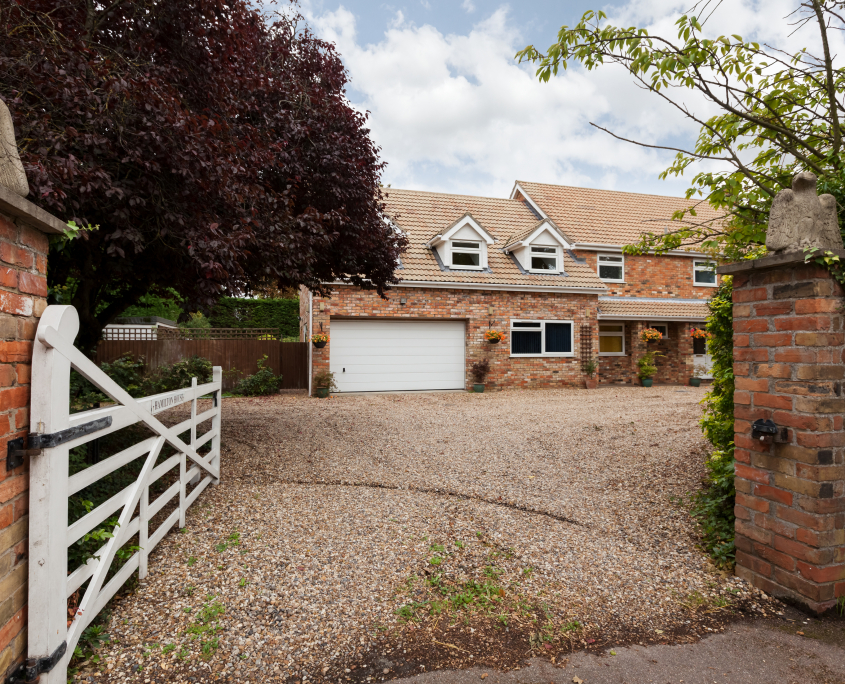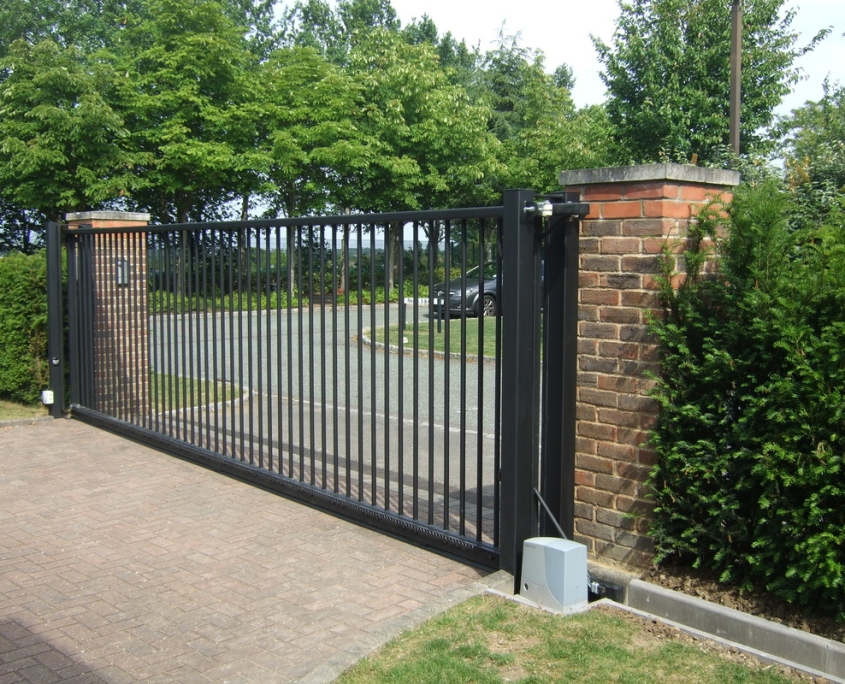Is It Possible To Add Gate Automation To My Existing Gate Or Gates?
If you want to automate existing gates that don’t have electric motors installed already, read our guide to what you can and can’t do.
If you have gates at the entrance to your driveway but they’re not automated, they are likely to be a single or pair of swing gates. Sliding gates are nearly always automated.
Many single manual driveway swing gates are designed like the 5-bar gates originally seen on farms. You can find out if these gates can be automated by contacting a gate automation engineer. They will assess your situation and find out what you would like and need from automated gates. This is what they look for in that assessment.
What Do You Need Before You Can Automate Existing Gates?
When you automate existing gates, you need to check a few things.
First, check that your existing gate moves smoothly on its hinges and does not hit the ground or any other obstacle as it swings fully open and closed.
Then, you need a sturdy post, wall or pillar for it to close onto. Finally, you need a strong, immobile surface on the other side of the driveway entrance for the gate hinges. If any of the existing ones don’t work smoothly or are not strong enough, they must be replaced.
The gate itself needs to be strong and rigid. Five bar gates are typically made from wood with gaps between the vertical, horizontal and diagonal sections. Unfortunately, wood rots and the five bar gate design is not particularly strong. So, if the gate has any weak areas or rot, you need to fix them and strengthen the gate.
What Problems Do You Face When Automating Existing Gates?
If you want to automate an existing gate your main problem relates to how gate motors move gates. With manual gates, you unlatch the gate and then move it from the end furthest from the hinge. You walk further than if you moved the gate from nearer the hinges. Even if a strong wind is blowing on the gate or the hinges are rusty, the principle of leverage is on your side. You are levering the gate open from the point furthest from the fulcrum (hinges).
Gate installers mount gate motors to a sturdy location near the hinge. Therefore, the end of the motor arm is attached to the gate much closer to the hinge.
Now the motor arm moves a shorter distance to open the gate than you did when you manually opened it from the latch end. But this means that the motor applies much more force to the gate. It also applies this greater force through a small area where it is mounted to the gate. without strengthening the gate, the bigger force applied through a small area will pull it apart. So, automatic gates need to be structurally stronger than manual gates.
What Do I Need To Check?
Check that the hinges are free and the gate doesn’t ground as you open and close it. If the gate moves freely and doesn’t hit anything you can look at what adding motors requires.
Firstly, you have to reinforce a manual gate around the area where the motor arm will be attached. Most engineers also reinforce 5-bar gates throughout the whole structure. Alternatively, choose a new gate or gates that is specifically designed for gate automation systems.
Cars parked on your driveway just inside the gates or anything like a rising driveway that stops swing gates opening are a problem. In these cases a sliding gate might be your best option. As we’ve already said, these are nearly always automated anyway.
So, How Easy Is It To Automate Existing Gates?
In most cases, you can automate existing gates but it’s not easy. This is great for many homeowners because they get to choose brand new gates rather than putting up with their old and tired gates.
Contact us now if you’re thinking about automating existing gates. We will give you a full breakdown of what you need to do to add electric gate automation to your old gates and what new gates will cost. It’s then your choice but you’ll have the full picture.






 wikiverse
wikiverse